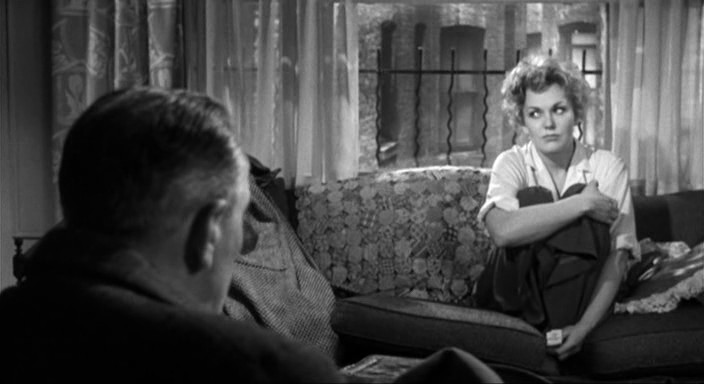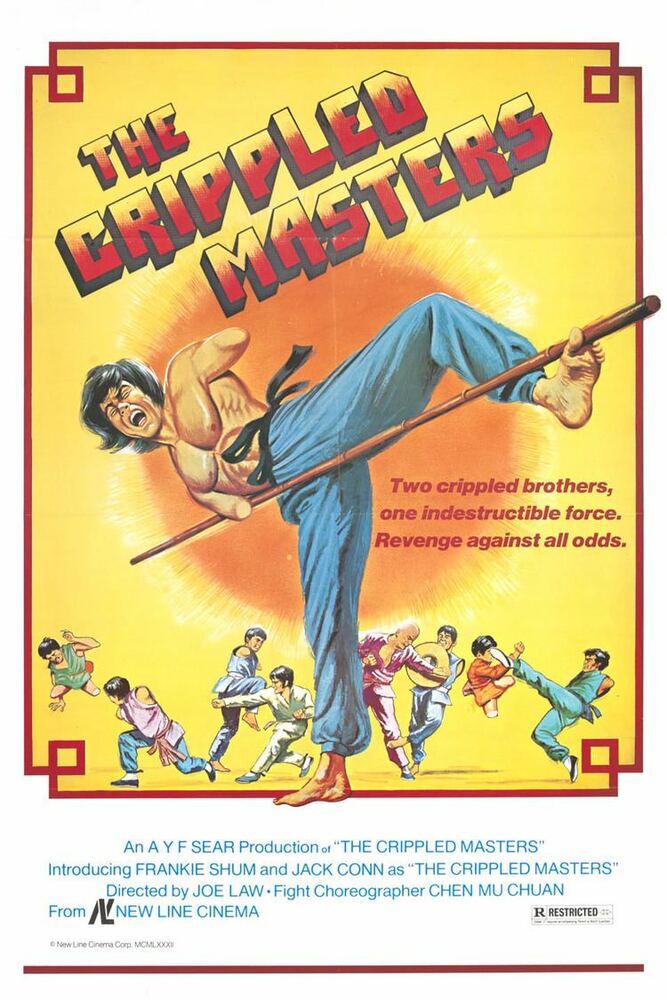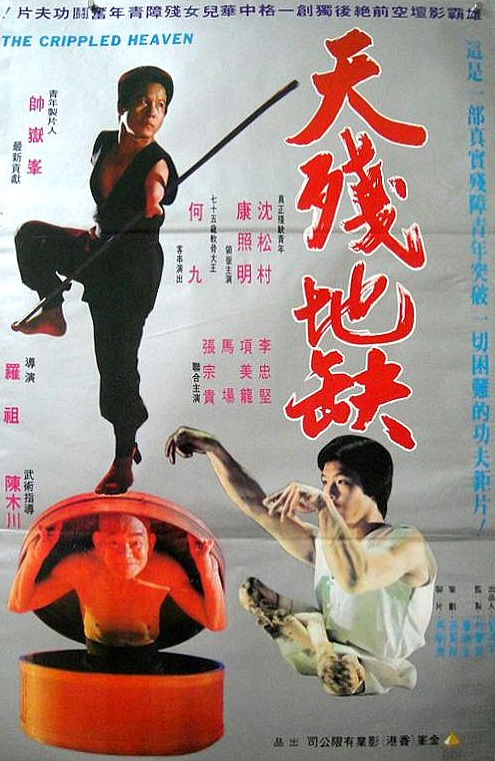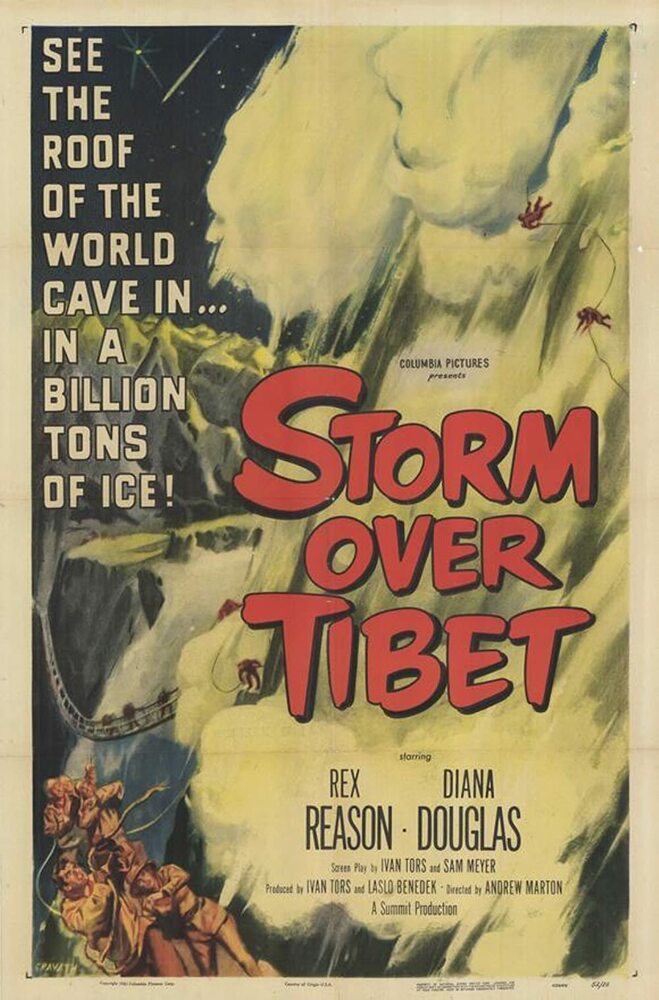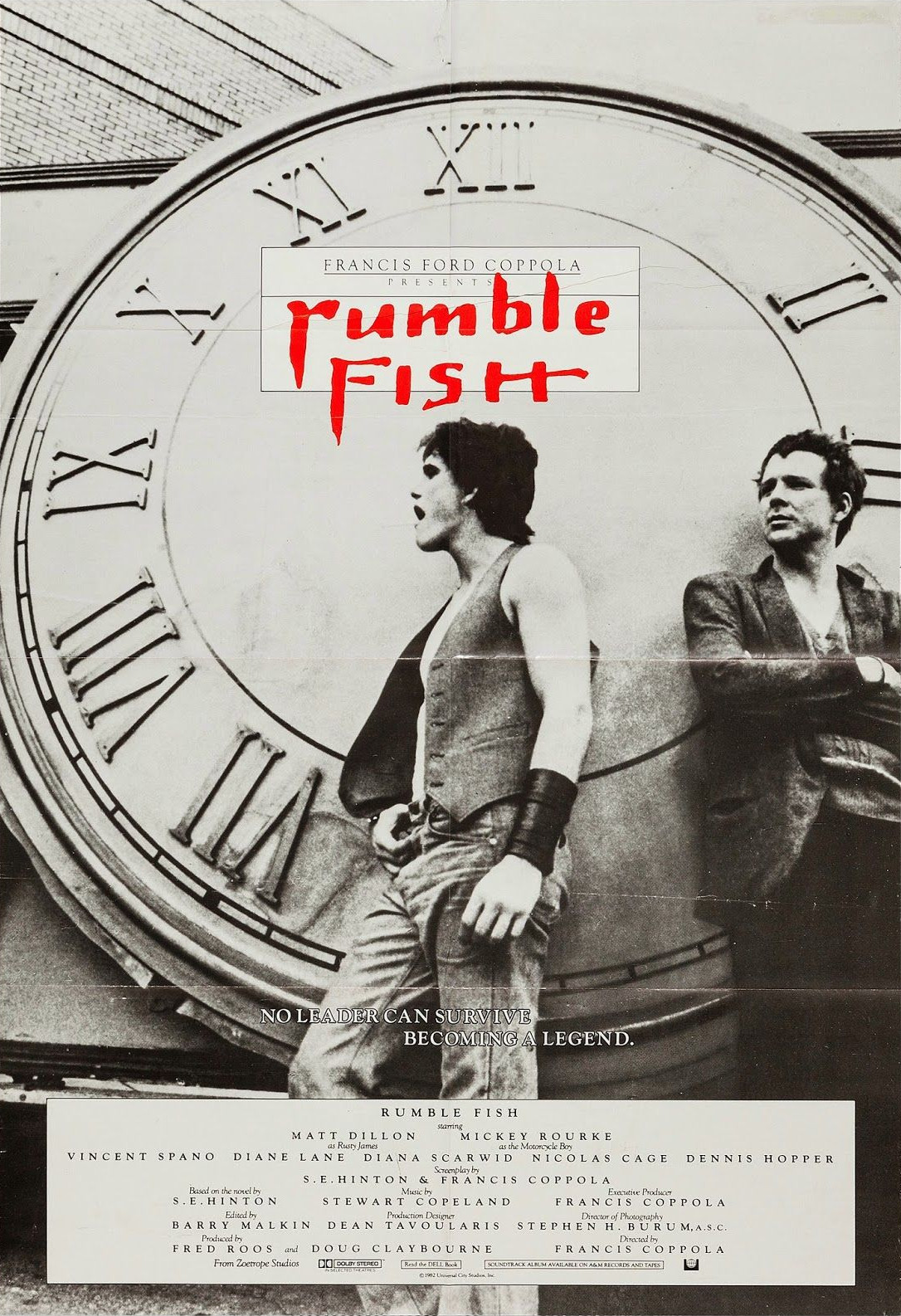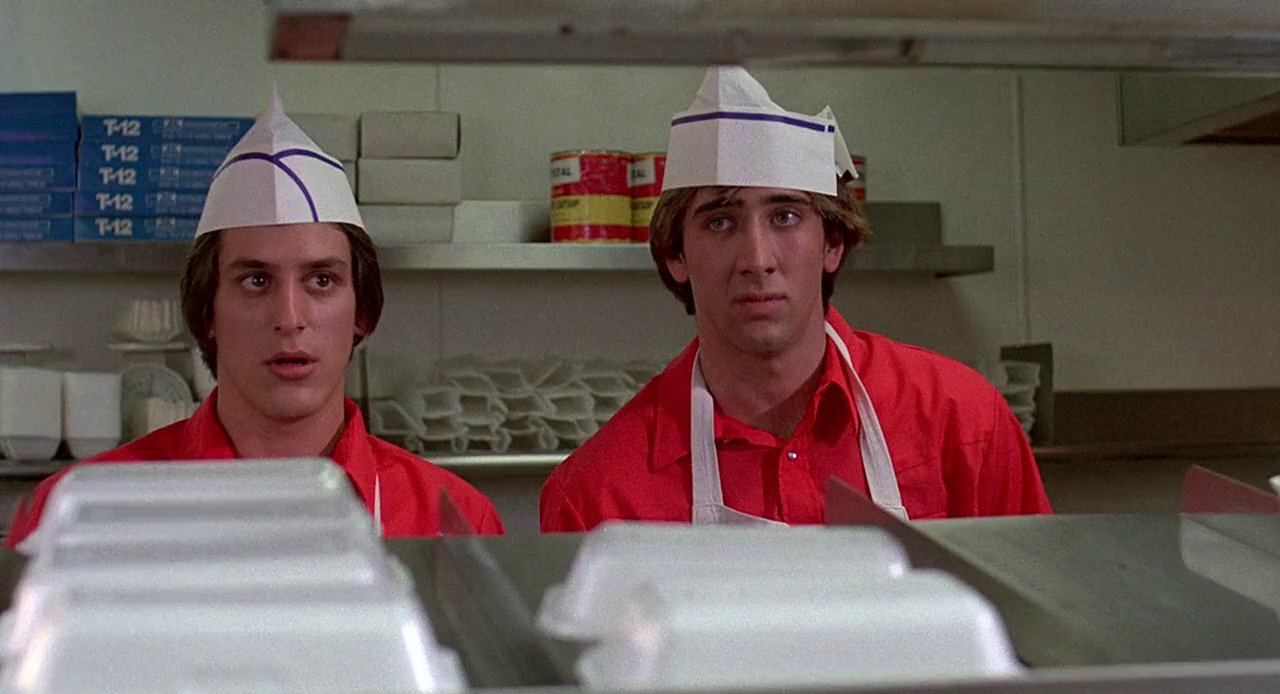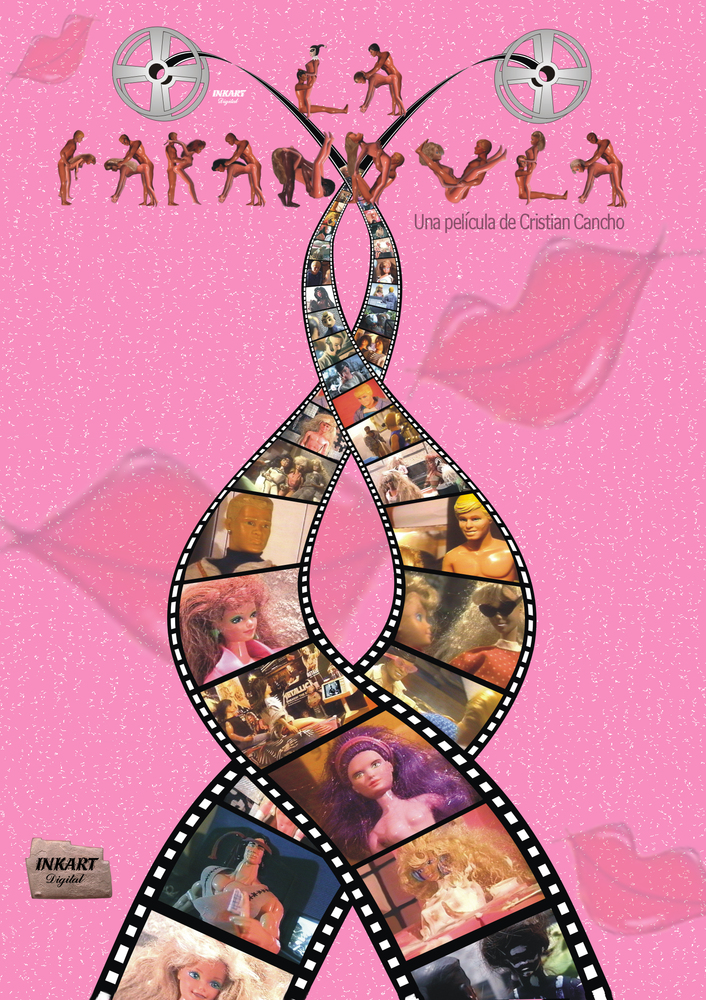Director: Joel Coen
Writers: Ethan Coen and Joel Coen
Stars: Nicolas Cage, Holly Hunter, Trey Wilson, John Goodman, William Forsythe, Sam McMurray, Frances McDormand and Randall ‘Tex’ Cobb
 |
Index: The First Thirty.
Nicolas Cage was generally panned for his creative decisions in The Boy in Blue and I was far from enthused by them in Peggy Sue Got Married, though some critics admired his balls in playing Ronny in a way nobody else would. Here is where his creative decisionmaking hit the jackpot for me, because he’s simply perfect as H. I. “Hi” McDunnough.
I’ve seen Raising Arizona before and loved it. It doesn’t stand up quite as well to a fresh 2022 viewing, but it’s still a peach of a comedy from two favourite filmmakers, Joel and Ethan, the Coen Brothers. It’s surreal, which works well for a Nicolas Cage lead role, and it’s cartoonish in similar ways to Crimewave, a film they wrote but Sam Raimi directed. I adore Crimewave but acknowledge that it’s a highly flawed picture. This is better, not least because it’s focused.
Hi is a small time crook who’s inept enough to keep getting sent to prison for convenience store robberies, each time being routed to Ed to take a mugshot. The first time she’s military strict. The second time she’s in tears after her fiancé had left her. The third time Hi proposes.
She’s played in gloriously crisp fashion by Holly Hunter and she’s a great contrast to Hi. He’s tall, she’s short. He’s a crook, she’s a cop. He’s easygoing, she’s dedicated. It underpins the entire movie.
Of course, the two marry and settle down to a quiet and theoretically honest life in a trailer in the desert outside Tempe, Arizona. The only catch is that Ed wants kids but it turns out that she’s infertile. And so, in an act of poorly justified desperation, they see that furniture magnate Nathan Arizona’s wife just gave birth to quintuplets and figure that they won’t miss one of them.
Hunter is excellent here, but Cage is better still, in a role that he was born to play. Hi is a sympathetic fool, a man with little brain but much heart, a devoted husband who would do anything to make his wife happy. He also has a lot of depth, not least because this new crime births a dark side to his character that’s given form by a memorable Randall ‘Tex’ Cobb. The quirks of Hi’s personality were mostly scripted by the Coen Brothers, who were not open to a surrealist like Cage moving the goalposts, but he nails every aspect of the character.
 |



